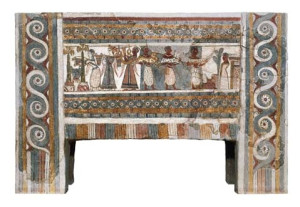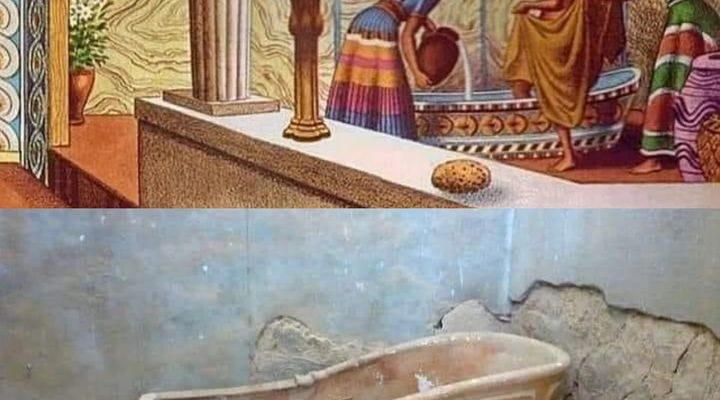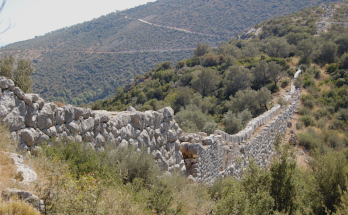The history of the bathtub was previously attributed to the Japanese, but when the history was researched and archaeological data emerged, it turned out that its history goes back much further.
Some lovely clay/terracotta tubs have come out of Minoan and Mycenaean sites. This pretty example equipped with painted decorations and a handy drain comes to mind:
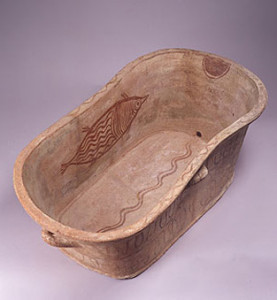
Anyone who has ever visited the archaeological site of Pylos in Messenia or seen pictures of the excavation will probably recognize this tub:
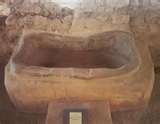
It’s located just down the corridor from the king’s megaron, and may have been used for rituals the way the bathtub in the traditional story of the murder of Agamemnon was used: for purification rites following a return from war.
But while you’re comparing these tubs to your modern tub with all its amenities, remember that in the Aegean Bronze Age tubs were also used for burial:

This specimen comes from the Archanes Archaeological Museum in Crete, and features several individuals reburied in a family larnax. That’s what these tubs were called when employed for funerary purposes: a larnax/larnakes. Why they looked so much like bathing tubs is a mystery. Maybe it had something to do with the ceremonial function of some tubs, that of purification; that is, after a period of several years, during which the corpse decomposed, the remains were cleaned and reburied with relatives in a purifying vessel.
The most elaborate of these funerary larnakes is the Hagia Triadha sarcophagus:
